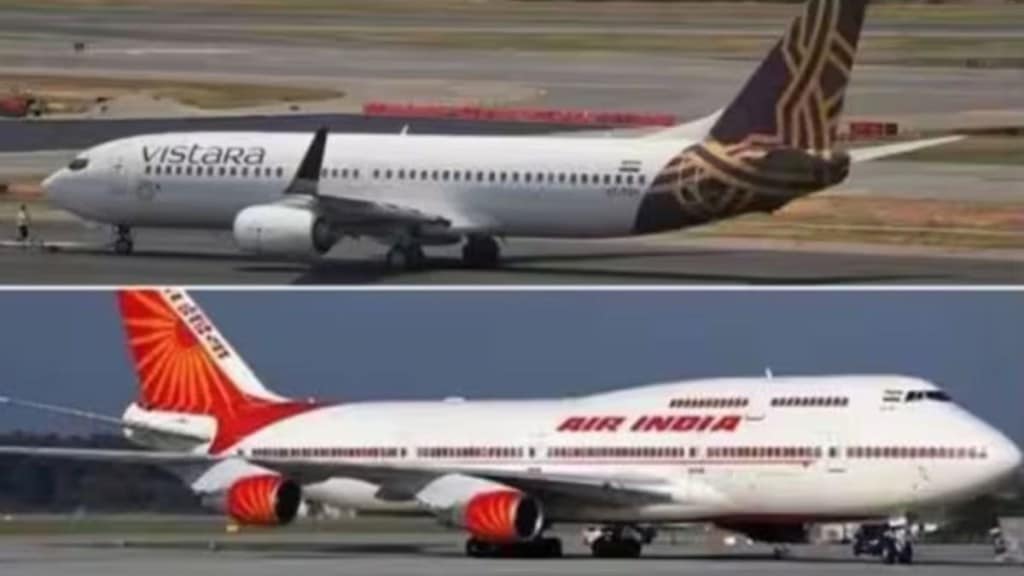In 1993, when Ramesh Chauhan, entrepreneur and promoter of the Bisleri brand of bottled water, sold his soft drinks business to Coca-Cola for $60 million, little did he know that his ‘Thunder’ in a bottle — Thums Up — would emerge as the largest cola brand in India with sales in excess of a billion dollars.
While Coca-Cola added fizz into Thums Up, that cannot be said of some of the other brands it acquired from Chauhan back in the 1990s. Brands such as Gold Spot, an orange-flavoured soft drink, and Citra, a clear lemon soda, were quietly buried to make way for Coke’s Fanta and Sprite.
Clearly, the story of Coca-Cola’s tryst with Chauhan’s brands in India is a case of astute brand leadership in the face of local market realities, where home-grown labels had greater resonance with consumers. But that may not be the case with many other trademarks acquired and/or merged into others over the years. Marketers quite often take calculated risks when sacrificing one brand for the other in a merger, say experts.
Take Air India and Vistara, for instance. Tuesday (November 12) will mark the day when Vistara will cease to exist as an independent airline. No Vistara flight will be operational from that day. Instead, combined flights of Air India and Vistara will take to the skies as two disparate brands become one. It is a test case of how inflight operations, technology and service levels of two very different airlines will merge and come together, say experts. The question is: Will the going be smooth?
“This is a peculiar case where the flagship brand (Air India) is perceived to be weaker than the younger brand (Vistara),” says N Chandramouli, chief executive officer of brand advisory and insights firm TRA Research.
“A merger would generally see the stronger brand being retained for the weaker brand. But that isn’t the case here as Air India has had service issues even as it has a strong legacy attached to it. Vistara, on the other hand, has set service benchmarks in punctuality, in-flight experience and technological innovations. The Tata management would be hoping the combined Air India would have all of these attributes as it writes a new chapter in its history,” Chandramouli says.
While stakeholders, rivals and investors would be keeping a close eye on how the Air India-Vistara merger unfolds, experts say that there are more lessons to be drawn of brand mergers in the past. Vodafone and Idea, for instance, combined a few years ago as rival Reliance Jio upended the domestic telecom market with cheap data plans and unlimited voice calls. While Brand Vodafone was retained post the merger in 2018, the going has hardly been smooth for both the combined entity and the brand itself, as network congestion, call drops, debt overhang and poor service quality have dogged it. This has prompted over 67 million subscribers to abandon the service since April 2021 and the number continues to grow. The Kumar Mangalam Birla-owned company now needs money to repay dues and to invest in 5G infrastructure to keep pace with rivals Reliance Jio and Bharti Airtel, say experts.
“Vodafone and Idea came together as the telecom market was changing fast post Jio’s entry,” says Samit Sinha, founder and managing partner of Alchemist Brand Consulting. “It was a case of consolidation triggered by a stronger rival. While Idea as a brand does not exist, Vodafone, once perceived as a cool and urbane brand, has suffered on account of the network issues that have plagued it,” Sinha said.
While Air India would be careful to avoid Vodafone’s pitfalls, India’s large automotive space offers a few insights. Take the example of the Toyota Qualis versus the Toyota Innova. A giant people-mover and money spinner for Toyota between 2000 and 2005, the Qualis also gained the mnemonic of ‘Killer Qualis’ for the myriad accidents it was involved in during the period, thanks to overloading and rash driving by fleet operators. While this contributed in part, say experts, for the Qualis making way for the more sophisticated Innova, for the company it was a clear case of trading up for a better style, design and driving ethics.
The Qualis remains a rare model in Indian automotive history to clock the highest volume in the year before its discontinuation. That is a huge benchmark in a market that doesn’t hesitate to eliminate a weak brand.
